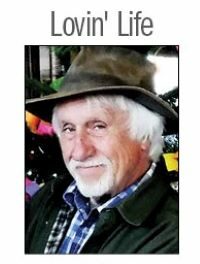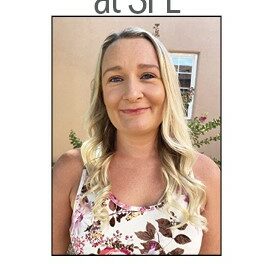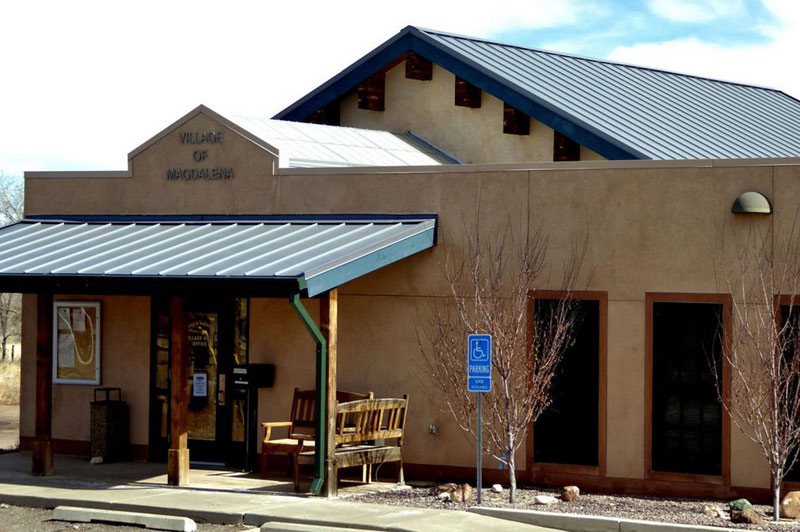
But one post of hers I recall vividly because it made so much sense. It was about the first Friday after that first day of school. Her advice? Plan absolutely nothing. Don’t cook, don’t go out, cancel practice, beg off get-togethers, and just don’t expect anything from the kids or spouse. Or yourself.
If you plan anything, plan to have pizza delivered, pass out the electronic devices, switch on Netflix or Disney+, and just let everyone in the family decompress. She said chances are everyone is absolutely mentally and physically exhausted, and might even fall asleep on the sofa. She said that the younger kids remained asleep after being carried to bed, and the tween sacked out on the couch until morning.
Starting a new school year has its highs and lows, and even when I was a college instructor, I would lose sleep in anticipation/dread the night before that first day of class. Afraid that I would oversleep, I would instead stress-sleep and wake up every two hours. By that first Friday, just as the mommy blogger predicts, I would be exhausted and would eagerly take advantage of an evening of doing nothing, and maybe a sleep-in Saturday morning.
We all seem to need sleep all the time. Rarely do you hear someone say, “Man, I am wide awake!” Usually it’s the opposite: “I’m so tired,” or “I could fall asleep right here.”
According to the Sleep Foundation, in the U.S., 40% of adults have sleep issues and 20-50% of children do too. Only 7% of adults nap every day but 80% of adults report napping in the past month. In the U.S., napping at work is frowned upon, if not a firing offense. Sleep is generally confined to the hours between 10 p.m. and 7 a.m. (That is before Netflix came along and encouraged us to watch “just one more episode.”)
Maybe we’re doing something wrong. The Spanish have their traditional siesta, which looks like lunch at home around 1:30 p.m. or 2, a little shuteye, then back to the office by 3:30 or 4 p.m. to work until 6 or 7 p.m. In a changing Spain, though, the siesta is now more of a luxury for the executive suite.
In Japan, napping at work, as reported in the New York Times in 2015, is looked upon as diligence, but in the sense of “you are working yourself to exhaustion.” Good job! An honorable thing for the Japanese white collar worker, but maybe not for their counterparts in America.
On TV, Seinfeld’s George Costanza is famous for his clever “nap desk.” In the cubicle farms of today’s offices, though, there’s just no place to grab a little “kip” (the British slang for nap).
Most of us have some form of sleep disturbance, from the more serious sleep apnea to the garden variety slump after lunch because we in fact did watch just one more the night before.
What I wonder is when do we lose the ability to sleep naturally the way an infant does. I know of families who plan their days around the toddler’s naptime, for good reason. Woe to the parents whose toddler or preschooler takes a late nap, or falls asleep in the car seat in the early evening, only to wake up at 11:30 p.m. ready to party.
It seems we start fighting sleep between ages 3 and 5, and then grade school comes along, and there’s no time for naps any longer. But we all still need sleep and never seem to get enough.
Napping might be a solution to sleep deprivation and insomnia, or part of the problem, depending on who you ask. A nap more than 20 minutes, scientists say, will disrupt body rhythms.
Maybe as a nation we can all get on board with a routine nap. There could be a handy schedule. How about those with surnames A-D nap from 2:30-2:50 p.m.; E-K 2:50-3:10 p.m.; L-Q 3:10-3:30 p.m.; and R-Z 3:30-3:50 p.m.? Maybe we alternate days so we can have each other’s back for those precious 20 minutes.
I have an even better, more practical idea, though. In yoga, there is this power move that can shave 15 minutes off that 20-minute target: shivasana, or corpse pose. You lie on your back, arranging your limbs just so, taking time to just breathe, letting thoughts flit through your mind and out again.
If you do it just right, you can achieve a superior level of relaxation. Five minutes and you’re refreshed. Try it with or without the 30-45 minutes of yoga, and report back.
That’s my story. Tell me yours.





















